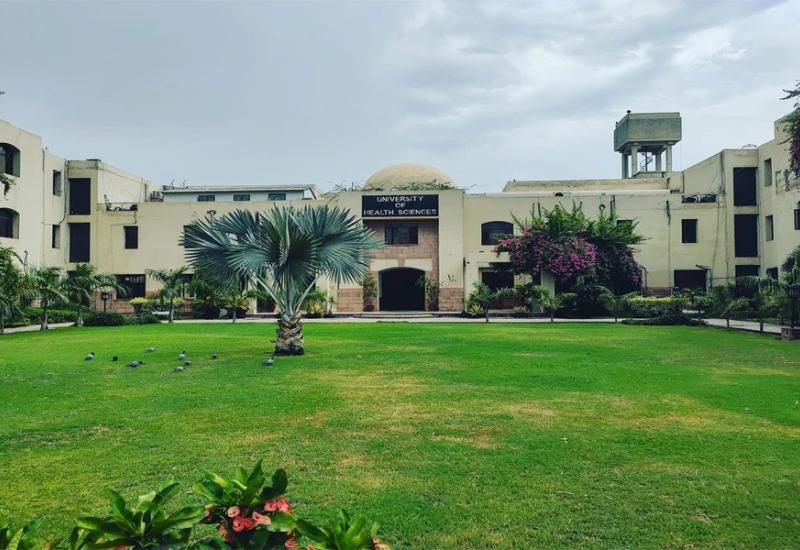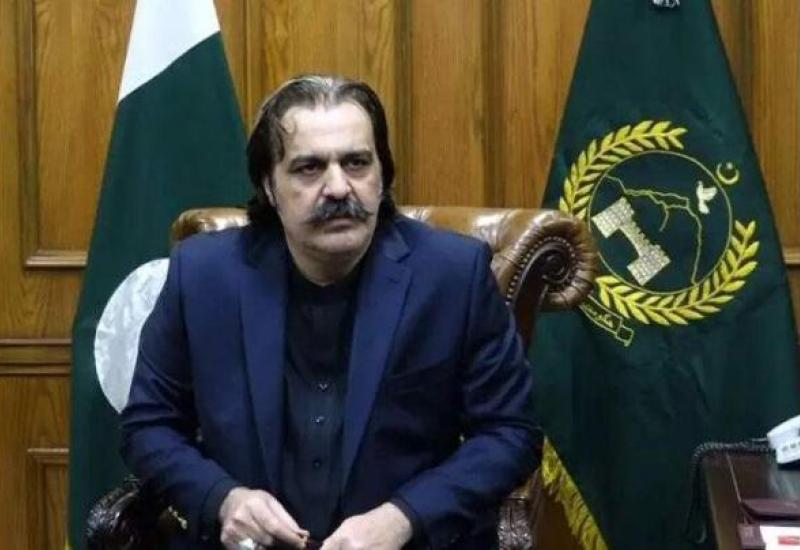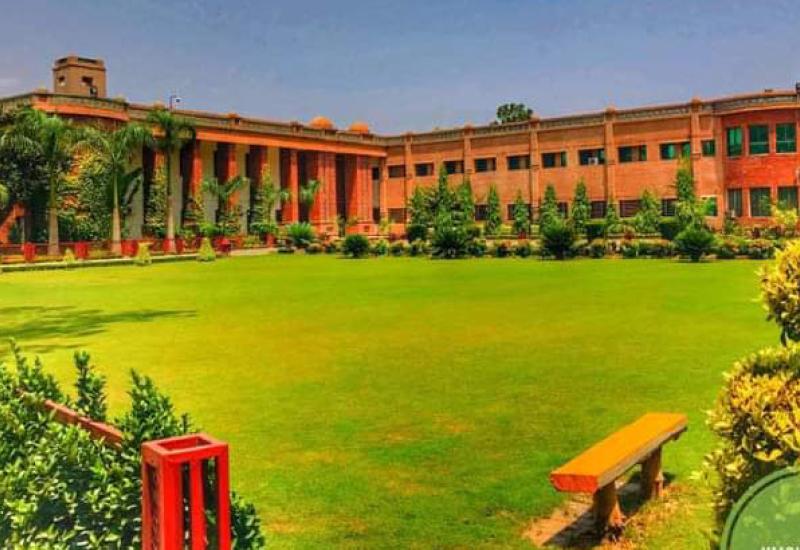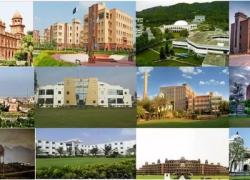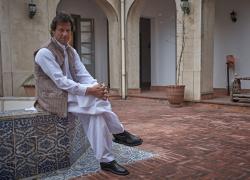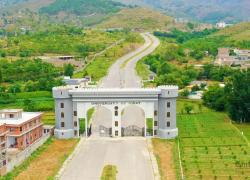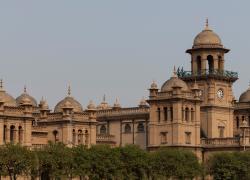Revival of HEC: A big challenge for the Government
Recently, one of the seasoned politicians and Chairman, Public Accounts Committee reportedly admonished the administration of public sector universities to mend their ways as they were not above accountability by any means.
While addressing a meeting of the Committee, he emphasized that independence of the universities did not mean they were not answerable to anyone. He stressed that the universities should not be made places of employment but seats of learning, research and repository of knowledge and innovation. He concluded that the universities should not be run on the pattern of the Mughal Empire, but should improve its system of overall governance and financial discipline.
On the other hand, the Executive Director, Higher Education Commission while briefing the Senate sub-committee on Higher Education very recently stated that the universities do not have sufficient funds to pay salaries to the employees, then from where they provide funds for the research-related activities. He maintained that the HEC had demanded 85 billion rupees whereas the government has provided 68 billion rupees. Resultantly, the higher education insinuations shall have less than what they actually required.
These two starkly different narratives, from some very important sources, urged to have a look at the governing system, accountability and financial health of the universities. As a matter of fact, universities are very complex structures. Its governance is far more intricate than the Mughal style of administration. There is a lack of serious understanding about the ways in which the universities are managed and governed.
Being autonomous bodies, the universities are having own organizational makeup with own statutory bodies and own statutes, rules and regulations. The Senate, being the principal governing body and Syndicate its executive body, the governance system in the universities is far more efficient, responsive and transparent than the hardcore public sector entities. These widely represented bodies are accountable for the major decision-making functions in the universities.
In the presence of the representatives from provincial government, judiciary and HEC, these bodies have lost their autonomy as the bureaucracy has an inherent tendency to run the universities purely on the pattern of public sector departments. In view of this complexity, Pakistani universities are getting more bureaucratic rather than autocratic. It happens to be so sinister that renders straightforward academic business exceedingly perplexing and this is, probably, one of the most critical challenges for the universities in Pakistan to address. Such issues have already been discussed at length in the article, bureaucratization of higher education in Pakistan.
Apart from this, in my opinion, academia in Pakistan is more exposed, open and transparent than at any time in the history of its existing. Universities are under close scrutiny of HEC, provincial cabinet, Higher Education Department, Finance Department, Establishment Department, Auditor General of Pakistan, NAB, anti-corruption watchdogs, judiciary, Wafaqi Mohtasib, Right to Information Commission, media particularly social media and Public Accounts Committee. In such a situation universities’ administration is staggeringly constrained to do anything minuscule on its own sweet well these days.
With respect to financial health, public sector universities always need government financial support to run its business. In the absence of public funding, it would not be possible for the institutes of higher education to sustain their operations. Reliance of public sector universities on the government financial support is deeply rooted to the extent that under the prevailing situation, the universities would not be able to survive without unwavering government assistance.
A brief overview of the recent history of higher education in Pakistan, the period from 2001 to 2008 has truly been regarded as the ‘golden era’ of higher education in the country. During this time, the Higher Education Commission under the dynamic leadership of Professor Dr Atta-ur-Rehman introduced a series of reforms in the higher education sector. Besides others incredible ventures, these initiatives were also marked, mainly by generous funding to the universities with a prime focus on human resource development.
These reforms set the direction to transform the higher education landscape in Pakistan for the first time in history. The period has witnessed exponential growth in the higher education sector. In the words of Professor Wolfgang, an eminent educational expert, “A miracle happened. The scenario of education, science and technology in Pakistan changed dramatically as never before in the history of Pakistan.” Similarly, Professor Michael Rode, former chairman of the UN Commission on Science, Technology and Development opined, “The progress made was breathtaking and has put Pakistan ahead of comparable countries in numerous aspects.”
Nevertheless, when these revolutionary reforms were about to bear fruit in the desired fashion; it seemed that all of a sudden, the curtain was fallen, and the academia startlingly found itself in deep trouble. This all happened to the utter disappointment of academicians, scholars and researchers.
One of my research study on the financial problems of the higher education institutes in Pakistan revealed that during the year 2008-2009, universities in Pakistan were subjected to an extreme level of fiscal crisis, due to unprecedented and unbearable budgetary cuts on the recurring grants. The adverse effects of inflation and increase in salary, pension and utilities struck the universities a grievous blow.
While old universities were battered by the crisis, the very survival of the new universities was veritably at stake. Under such circumstances, the universities were having other reasons of a serious concern than striving for excellence in academics and research. In my opinion, the universities have not yet come out of that morass till date.
In the meanwhile, the provincial HECs raised its venomous tentacles offering another big bang to the unity, authority and autonomy of the Higher Education Commission of Pakistan to tear the higher education fabric apart and hand over the pieces to the provinces whiteout realizing that multiplicity of standards and regulations would be disastrous.
The PTI government has taken a number of steps for promotion of higher education in Pakistan. A high-level committee has already been constituted for the purpose of introducing reforms in the higher education sector in the country. The Prime Minister, as a part of his commitment, established a new university in the PM house. Nevertheless, it is high time, the government should initiate genuine reforms in the higher education sector to restore the lost glory of HEC.
In fact, there are 134 public sector universities/degree awarding institutes in the country that needed serious attention on the part of the incumbent government for further strengthening. Scores of PhDs are jobless and are protesting on the streets. They can be effortlessly accommodated if all the vacant posts in the public sector universities are filled, immediately. The revival of HEC and de-politicization of higher education institutions shall pose some of the biggest challenges for the government to address.




